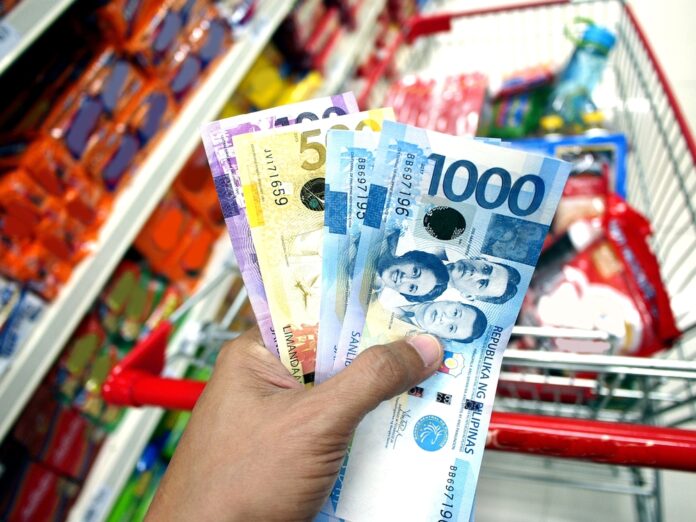Local output growth measured as the gross domestic product (GDP) expanded at a slower pace of only 4.3 percent in the second quarter this year.
The growth is the ninth in a series of expansions made possible by household consumption and fixed investments which grew by 5.5 percent and by 3.9 percent during the quarter, respectively.
The moderate expansion, Socioeconomic Planning Secretary and National Economic and Development Authority (NEDA) chief Arsenio Balisacan said, was traced to the lag impact of inflation-busting monetary policy measures and the slowdown in government spending.
This development brought the first-half output growth to only 5.3 percent and as a result the economy needs to grow by 6.6 percent in the second semester to keep to the 6 percent to 7 percent growth target for the year.
According also to Balisacan, the target growth range remains attainable as the contributing factors are considered short-duration events that historically have been reversed in subsequent quarters.
“We need to accelerate the execution of public sector projects,” he candidly told a news briefing Thursday, noting at the same time the current year is unfortunately unlike last year when election spending helped boost the economy.
Dennis Mapa, head statistician and civil registrar at PSA, said the second quarter growth outturn approximated the performance reported in the first quarter of 2021 when the economy grew by 3.8 percent and in the second quarter of 2011 when output growth averaged only 3.6 percent.
Data show while exports proved sluggish, it nevertheless grew by 4.1 percent even as imports rose by only 0.4 percent.
In a related development, The PSA reported the unemployment rate rising in June to 4.5 percent sharply down from 6 percent a year earlier, or a total 2.33 million Filipinos without work.
The June estimate showed an increase of 133,000 jobless Filipinos from May when the unemployment rate was at 4.3 percent but down from the 2.99 million in June last year.






